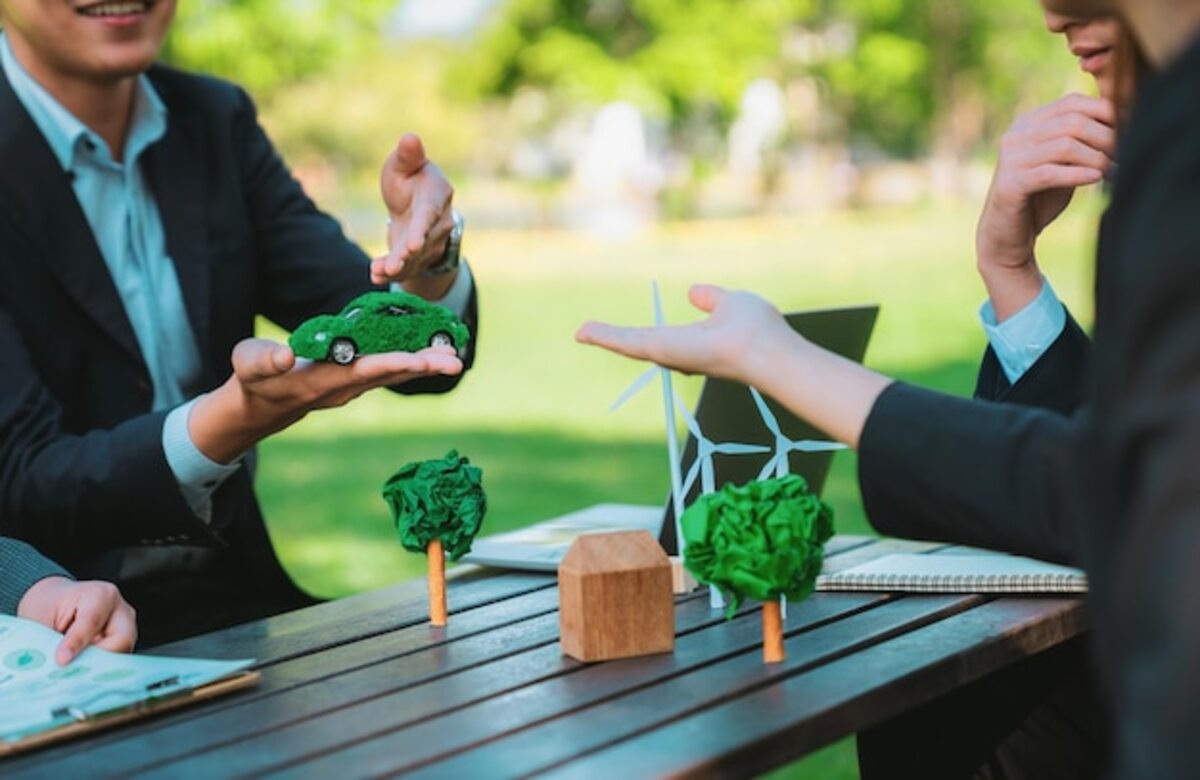Strategies to maximize the value of your rural and urban property

Maximizing the value of your property, whether rural or urban, is a key decision that can transform your assets into real sources of income. In this article, we will explore effective strategies that will allow you to make the most of the location and appreciation of your property, adapting to the particularities of each environment. From implementing aesthetic improvements to the smart use of space, you will discover how to increase the value of your property regardless of whether it is in the countryside or in the hustle and bustle of the city.
1. Key differences between rural and urban properties
Rural and urban properties exhibit distinctive characteristics that influence their valuation. In the rural context, land typically offers larger expanses and a direct connection to nature, which can be appealing to those seeking tranquility and a more relaxed lifestyle. Additionally, rural properties are often associated with opportunities for agriculture or ecotourism, which can increase their value if developed appropriately. However, the demand for these properties may be less consistent than in urban areas, where the population is denser and there is easier access to services and amenities. On the other hand, urban properties tend to have high intrinsic value due to their strategic location and proximity to shopping centers, schools, and public transport. This urban environment fosters greater appreciation driven by the continuous development of infrastructure and services. However, space limitations may mean that maximizing the value of an urban property requires different approaches, such as improvements in energy efficiency or modern renovations that appeal to young buyers. Understanding these key differences between both types of properties is essential for implementing effective strategies that truly enhance their value based on the specific context in which they are located.
2. How to identify the characteristics that increase property value
To identify the characteristics that increase the value of a property, it is essential to analyze both the environment in which it is located and the trends in the real estate market. In urban areas, for example, proximity to essential services such as schools, hospitals, and shopping centers is often a key factor that enhances the property's value. Additionally, good connectivity with public transportation networks and the presence of green spaces are aspects highly valued by potential buyers. In rural properties, access to main roads and the availability of natural resources, such as water or arable land, can make a significant difference in valuation.
Another important aspect to consider is the physical and aesthetic condition of the property. Improvements in infrastructure, such as renovations in kitchens and bathrooms or updates in electrical and plumbing systems, not only make a home more attractive to buyers but can also justify a higher price in the market. The implementation of sustainable practices, such as solar panels or rainwater collection systems, can add significant value by attracting those interested in living in ecological environments. Thus, by understanding these factors and their implications on appreciation, you will be able to make informed decisions to maximize the value of your property, both rural and urban.
3. Strategies to enhance the visual appeal of your property
To enhance the visual appeal of your property, it is essential to start with an assessment of the surroundings and the existing structure. A good first impression can make a difference in the perception of your property's value. Consider making improvements to the landscaping, such as planting seasonal flowers, keeping the lawn well-maintained, and adding decorative elements like benches or fountains. Outdoor lighting also plays a crucial role; strategically installing lights can highlight the architectural features of your property and create a welcoming atmosphere at night, which will not only attract potential buyers but also increase the functionality of the space.
In addition to external improvements, it is essential to pay attention to interior details. Painting the walls with neutral and pleasant colors can make the spaces feel larger and brighter. Invest in furniture that complements the style of your home and ensure that each room has a clear purpose to help visitors visualize their life in that place. Do not underestimate the power of order; getting rid of excess items and keeping everything organized not only enhances the aesthetics but also contributes to an overall sense of well-being in the space. These small strategies can have a significant impact on how your property is perceived by others.
4. Importance of regular maintenance: good care is worth gold
Regular maintenance of a property is essential to preserve its long-term value. A well-maintained home not only enhances its aesthetics but also prevents structural issues and costly repairs in the future. From garden care to periodic inspection of electrical and plumbing systems, each aspect requires constant attention. Ignoring these details can lead to significant deterioration, which will reduce both the functionality and visual appeal of the property, directly affecting its market value.
Additionally, a preventive maintenance program demonstrates to future buyers or tenants that attention has been paid to the well-being of the space. This creates a positive impression and builds trust, which can translate into higher offers or more favorable leases. Investing time and resources in maintaining your property not only ensures a safe and pleasant environment for current occupants but also becomes a key strategy to maximize return on investment when you decide to sell or rent the property. In summary, properly taking care of your property is a practice that truly "is worth gold."
5. Sustainable adaptations: increasing value with environmental awareness
Sustainable adaptations are not just a trend, but a necessity in the current context. Incorporating ecological elements into your property, such as renewable energy systems, green roofs, or rain gardens, can enhance its appeal and market value. Today's buyers are increasingly aware of the environmental impact of their choices, and properties that demonstrate a commitment to sustainability tend to stand out. This approach not only improves energy efficiency and reduces long-term costs but also contributes to a healthier and more responsible lifestyle. As environmental regulations become more stringent, ensuring that your property complies with these standards can lead to a significant increase in its value.
Additionally, implementing sustainable practices can improve the quality of life within the home and its immediate surroundings. For example, incorporating recycled or low-impact materials in renovations not only reduces the ecological footprint but can also result in a more welcoming and pleasant environment. Creating outdoor spaces that promote biodiversity—such as urban gardens or green areas—adds aesthetic and functional value to your property. Likewise, these features can attract tenants or buyers interested in a more sustainable lifestyle, which is especially relevant in both rural and urban areas where communities seek innovative ways to coexist with their natural environment. In summary, adapting your property with environmental awareness is not only a smart investment from a financial perspective; it also aligns with contemporary values towards a more sustainable future.
6. Analysis of the local market: when to sell to maximize profits
Analyzing the local market is essential to determine the right time to sell your property and maximize your profits. Each area has its own dynamics, influenced by factors such as supply and demand, as well as economic trends. Conducting a market study will allow you to identify the periods of highest activity in your locality, which can result in a quicker sale and at a higher price. Look at similar properties to yours that have sold recently; this will give you an idea of current prices and when buyers are most likely to be willing to make an investment.
Also, consider seasonal aspects that may affect interest in your property. For example, in rural areas, spring and summer are often preferred times for buying due to favorable weather conditions and the desire to move before the start of the school year. In urban settings, economic events or changes in local infrastructure can also influence market behavior. Stay informed about local news and actively participate in real estate communities to gain valuable insights on when is the best time to put your property on the market to ensure you get the maximum possible value.
7. Development opportunities: how to turn rural land into urban investments
Converting rural land into urban investments can be a very profitable opportunity if approached with the right strategy. First, it is crucial to conduct a market analysis that allows you to identify development trends in the region. Study the demographic and infrastructure needs that could influence urban growth, such as proximity to major roads, utilities, and shopping centers. Once the potential of the land is identified, you can consider options such as subdivision to create smaller lots or the development of residential projects that respond to local housing demand. The key is to visualize the future of the area and adapt to growth projections.
Additionally, consider collaborating with architects and urban planners to design plans that maximize the use of available space. This may include the creation of green areas, community spaces, or even commercial facilities that attract both residents and visitors. Sustainability also plays a fundamental role; incorporating eco-friendly practices can not only enhance the appeal of the development but also its long-term value. Finally, establishing partnerships with investors or seeking public funding for revitalization projects can facilitate the transformation of rural land into a prosperous and valuable urban investment.



